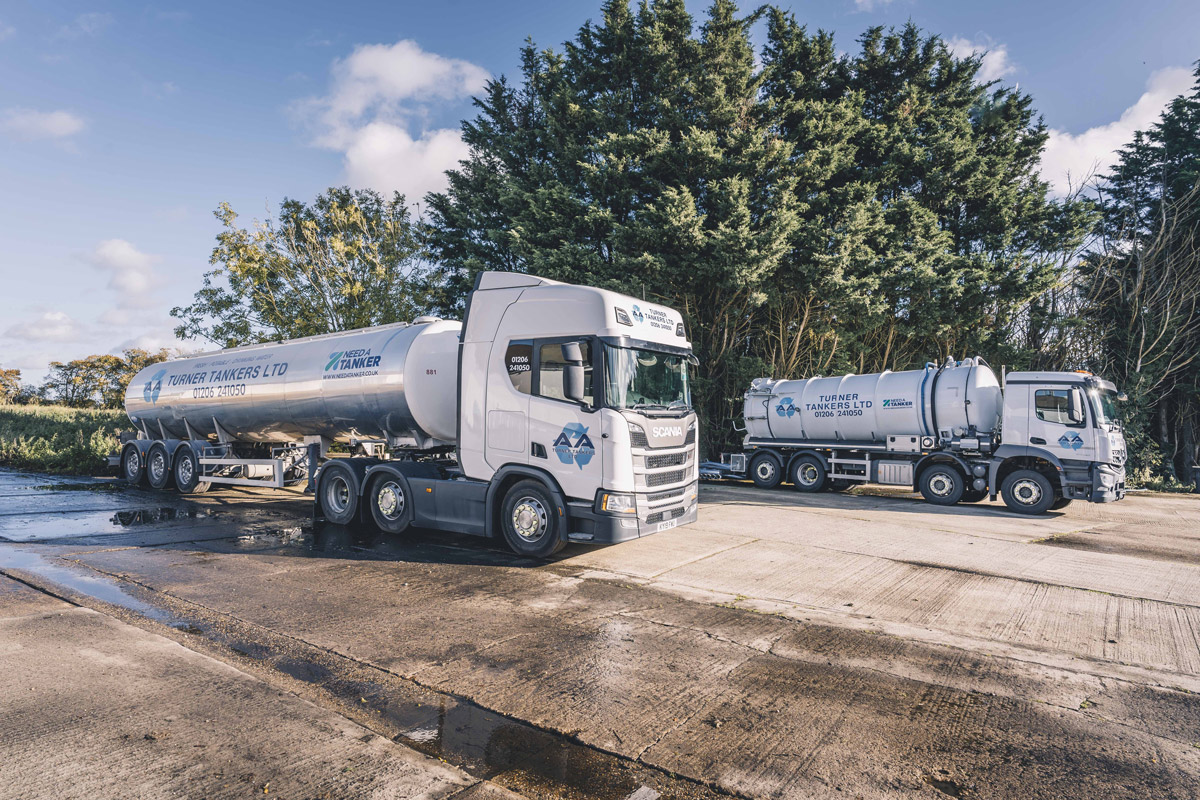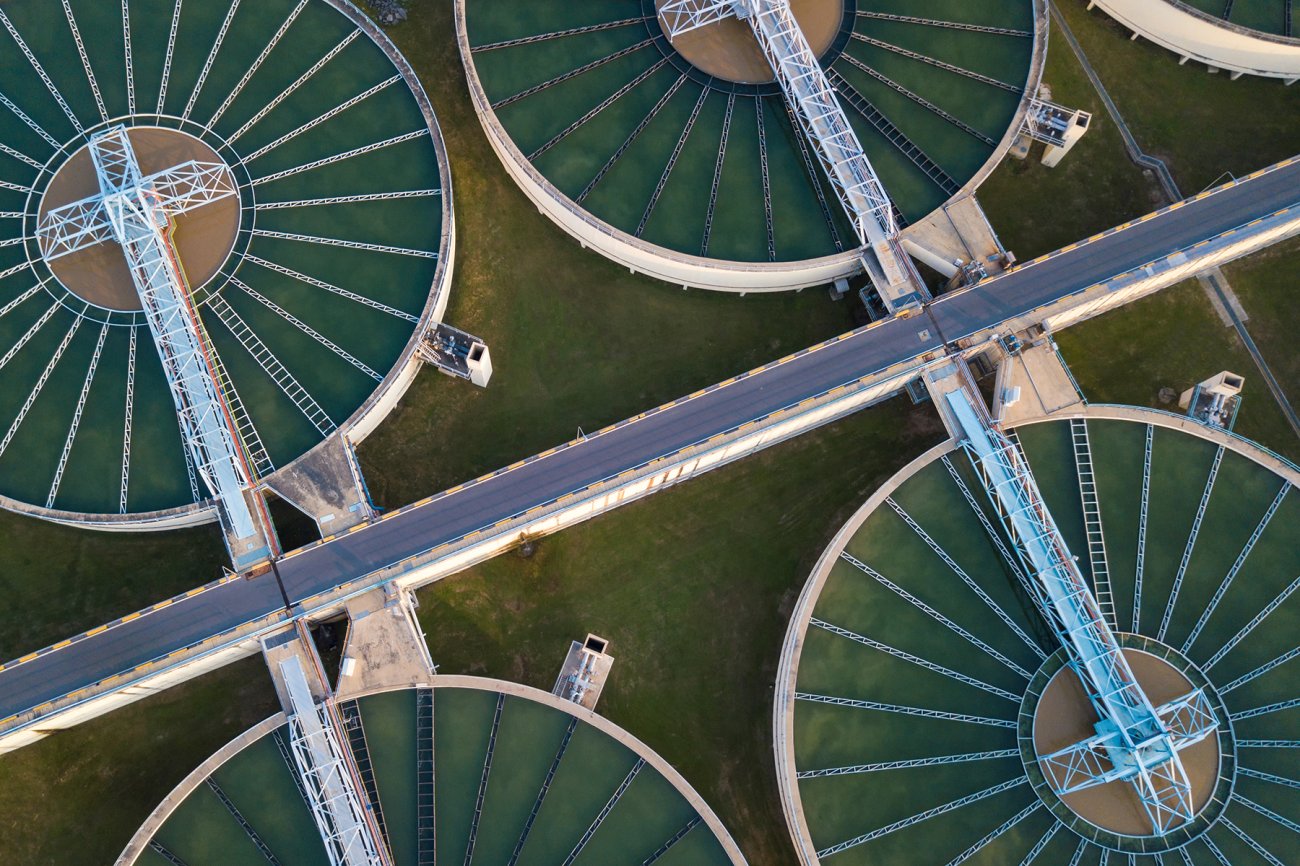Not known Details About Reclaim Waste
Table of ContentsOur Reclaim Waste StatementsThe 6-Minute Rule for Reclaim WasteThe Ultimate Guide To Reclaim WasteThe smart Trick of Reclaim Waste That Nobody is DiscussingRumored Buzz on Reclaim WasteThe Best Strategy To Use For Reclaim Waste

Never ever put harmful materials down sinks, bathrooms or stormwater drains pipes Compounds consisting of gas, oil, oil, pesticides and herbicides, and solvents such as paint strippers should not be poured down sinks, toilets or stormwater drains pipes. These compounds are difficult to get rid of in the sewer therapy process and create air pollution troubles in our neighborhood rivers.

Although fluid waste is a term that covers a broad selection of products, there's a great reason leaving its disposal to the specialists is suggested. Liquid waste is non-solid material that has no further usage and must be dealt with and thrown away according to neighborhood, state and government policies.
The Ultimate Guide To Reclaim Waste
Instances of liquid waste can include wastewater, fats, oils or oil, used oil, fluids, solids, gases or sludges and dangerous home fluids, there are some that are thought about to be extra harmful than others when it comes to the atmosphere and the health of pets and human beings alike. It's therefore that each state and area have strict laws connected to liquid waste monitoring.
Liquid waste can be stored in holding containers or packaged in drums, intermediate bulk containers or accepted tiny containers before either being treated or eliminated through outsourced vacuum cleaner vehicles. Given the nature of the products, liquid waste can not enter the basic waste stream and there are strict guidelines on how to deal with it correctly.
(https://giphy.com/channel/reclaimwaste1)Depending upon a determination of the degree of risk, it might be required to remediate those websites. Additionally, hazardous fluid chemical wastes are controlled waste and must be tracked according to the state waste legislation. Under the chain of guardianship and responsibilities, proprietors are responsible and responsible for waste generated by a business.
One of the core applications for superabsorbent polymers (SAPs) is fluid waste solidification. industrial wastewater treatment. SAPs are used by waste management specialists to avoid possibly harmful liquids from going into rivers, groundwater aquifers, and various other sensitive settings. Since fluids can rapidly move impurities into environmental receptors and possibly add to geotechnical failures, fluid wastes are generally prohibited from disposal in garbage dumps
The 25-Second Trick For Reclaim Waste
Essentially, totally free liquids are liquids that divide from the solid portion of waste material. Fluid waste can consist of the following: HDD mud and cuttings Garbage dump leachate Wastewater therapy sludge & biosolids Dug up debris Oil and gas drill cuttings Settling fish pond muck Hydro Excavation slurry Coal burning residuals/ash Tank bottom sludge Concrete grinding/polishing slurry Relevant Write-up: For a useful example of totally free liquids separating from waste material, take into consideration the following scenario: A waste management professional loads a dump associate sludge from a wastewater therapy plant's aeration container, throughout a regular maintenance event.
However, when the driver reaches the land fill, he notices water seeping from the sludge and putting from the dump truck. The tons was declined by the landfill and the vehicle driver was required to get rid of the waste as a liquid waste at an unique center, which raised the disposal charges greatly.
We additionally require to be responsible for the appropriate disposal of our waste materials. It is not sufficient that we pay waste disposal companies to take treatment of our rubbish.
Getting The Reclaim Waste To Work

Segregating your waste can begin inside the home. Segregate completely dry and liquid waste as well as edible waste, biodegradable and non-biodegradable materials.
You can utilize old trash can, container, garden pot or old plastic drums. Drill four to five holes in the container so the air can flow. Layer all-time low with dirt to take in the damp waste. Begin the composting procedure. Layer the garden compost with wet and dry waste along with dirt to maintain an equilibrium in between the damp and the dry.
Some Of Reclaim Waste
To promote faster decay, you can also add semi composted soil to the garden compost. If you see the smell is becoming too solid, add added newspapers and paper waste or include more openings to the compost container to keep the balance of the waste materials.
We additionally need to be liable for the correct disposal of our waste materials. It is not sufficient that we pay waste disposal companies to take treatment of our rubbish.
Our recommended you read waste, our duty. Have you ever questioned what occurs to your fluid waste after it's accumulated? Did you know that fluid waste can be recycled?
9 Easy Facts About Reclaim Waste Described
Segregating your waste can start inside the home. Segregate dry and liquid waste as well as edible waste, eco-friendly and non-biodegradable materials.
Layer the bottom with dirt to take in the wet waste - industrial wastewater treatment. Layer the garden compost with wet and dry waste as well as dirt to preserve a balance in between the wet and the dry.
Cover the garden compost bin. As soon as a week, include soil in addition to the compost. To help with faster decomposition, you can additionally include semi composted soil to the compost. Maintain the garden compost. If you discover the smell is coming to be too solid, add extra papers and paper waste or include even more openings to the garden compost container to keep the equilibrium of the waste materials.